Activated carbon is used as a filter material for water filtration treatment process.
Those who have used water purifiers know that activated carbon filter elements are commonly used in water purifiers. Taking reverse osmosis water purifier as an example, there are three types of activated carbon filter elements in the filter element, namely granular activated carbon filter element, compressed activated carbon filter element and post activated carbon filter element. So what role do these three types of activated carbon filter elements play in the water purifier? What is the difference between the three? Below ouge will come to popularize these three kinds of activated carbon filter elements for everyone.
Granular activated carbon filter
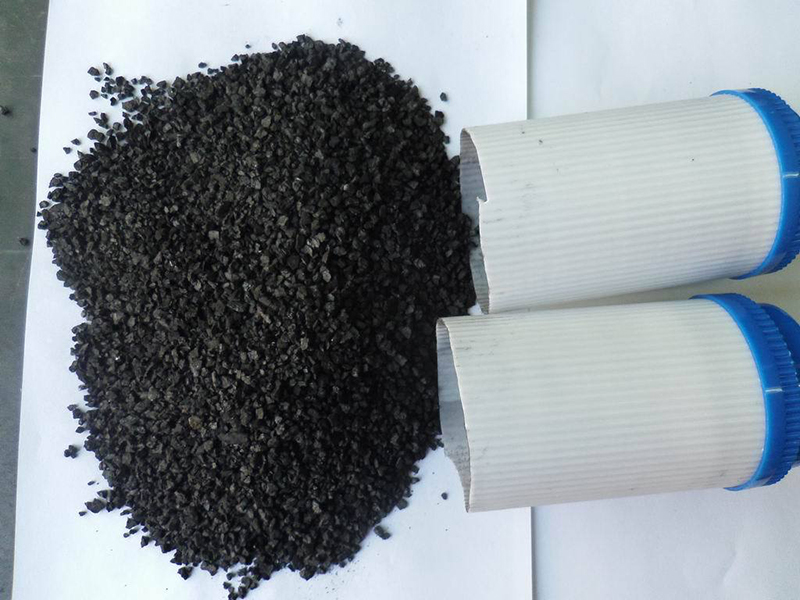
The raw materials of granular activated carbon are generally coconut shell, fruit shell and coal, etc., which are refined by a special process. The appearance is black amorphous particles, pore structure, and good adsorption performance. The general service life is 9-12 months. Through various experiments and comparisons, the activated carbon filter element of coconut shell raw material has a better purification effect.
Granular activated carbon integrates adsorption, filtration and interception, and catalysis. It can remove residual pesticides, organic matter, residual chlorine, etc. in the water, and also has the functions of decolorization and deodorization. Since the granular activated carbon is in granular form, if it is a granular activated carbon filter element of poor quality and workmanship, it will be broken due to collisions after the impact of the water flow, causing the filtered water to turn black, and there is a problem of secondary pollution. Aicksn selects coconut shell granular activated carbon filter element with compact and uniform pore size and good adsorption effect. Except for the initial use, there may be some black water, but there will be no signs of black water in future use, and no secondary pollution due to adsorption. .
Compressed activated carbon filter
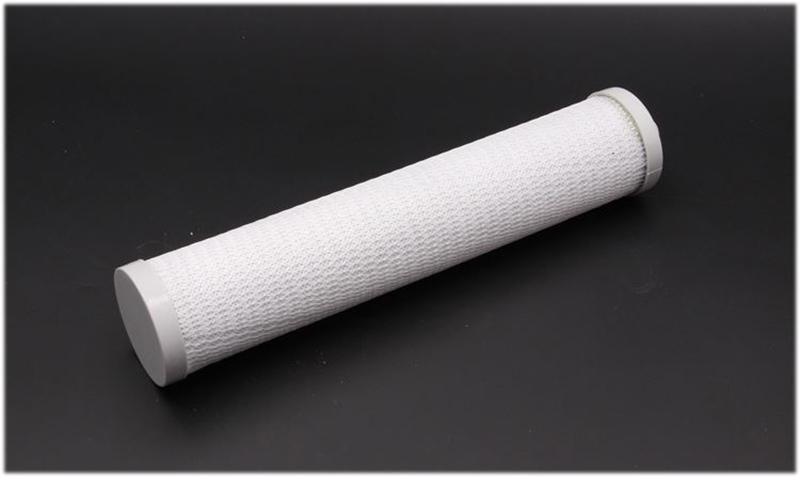
The compressed activated carbon filter element is made by mixing granular activated carbon powder material and inorganic liquid binder, pouring it into a special mold, compressing it with a high-pressure press, and drying it after being out of the mold. Generally, the service life of compressed activated carbon is 9-16. moon.
In the water purifier, the compressed activated carbon filter element can further absorb the different colors and odors, chemical pesticide residues, residual chlorine and other substances in the water. In general reverse osmosis water purifiers, compressed activated carbon filter elements are added after the granular activated carbon filter element. One is to further filter out impurities in the water, and the other is to protect the RO membrane and prolong the service life of the RO membrane.
Rear activated carbon filter
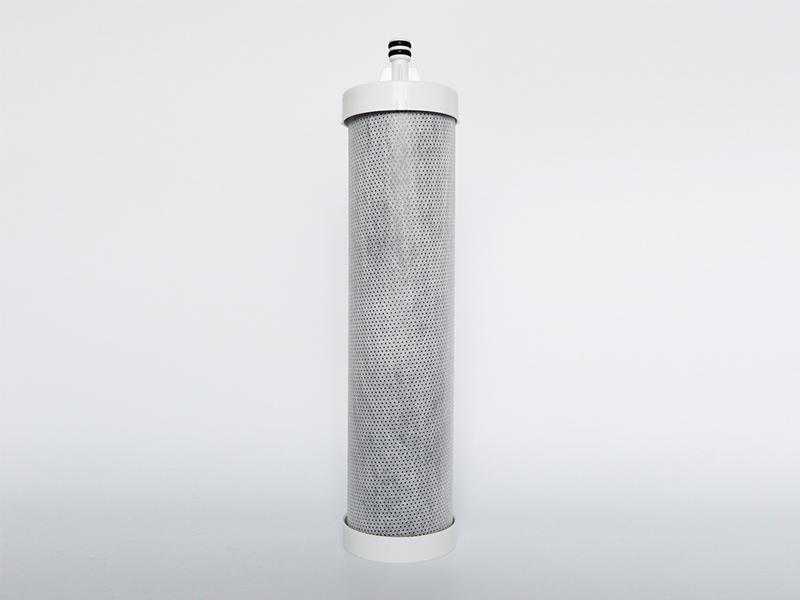
The post activated carbon filter element is a new type of depth filter element, which is composed of selected coconut shell activated carbon with low hot melt adhesive. Since silver atoms can kill bacteria and inhibit bacteria, some good activated carbon materials will be treated with silver loading. For different brands of water purifiers, the name of the rear activated carbon filter is different, some are called the rear silver activated carbon filter, and some are called the taste factor filter.
Ordinary activated carbon
In reverse osmosis water purifiers, the rear silver activated carbon filter element will be placed at the end, the main function is to improve the taste of water and inhibit bacterial regeneration. Aicksn's rear activated carbon filter element is called activated carbon filter element, which is made of coconut shell, which has good adsorption effect, better antibacterial effect, purer water quality and sweeter taste.
Coconut shell activated carbon
The above is the role and difference between the three activated carbon filter elements explained by ouge. In general, activated carbon plays an important role in the water purifier, which is not to be underestimated. Although the activated carbon filter is powerful, don't forget to replace it in time!



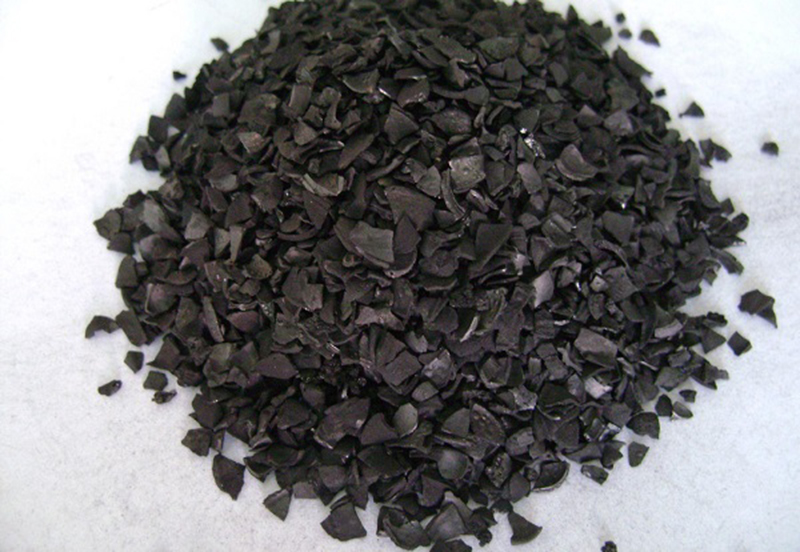
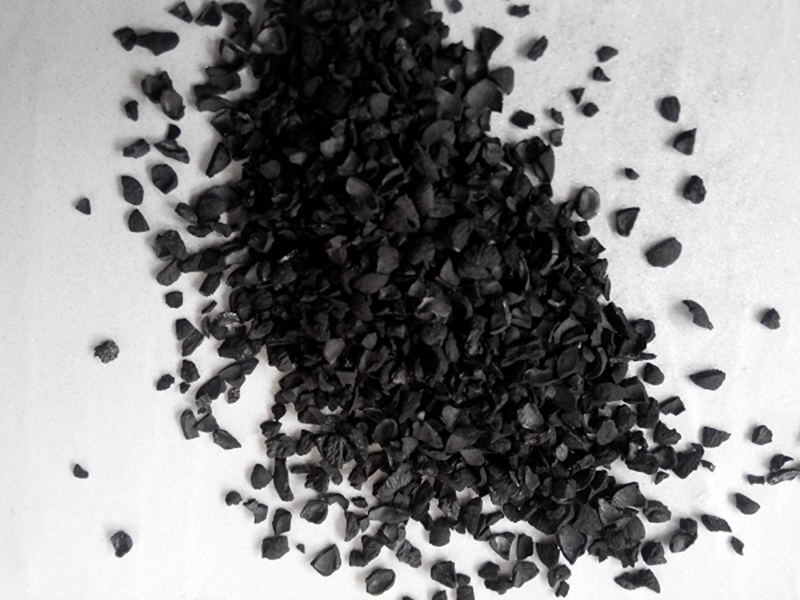
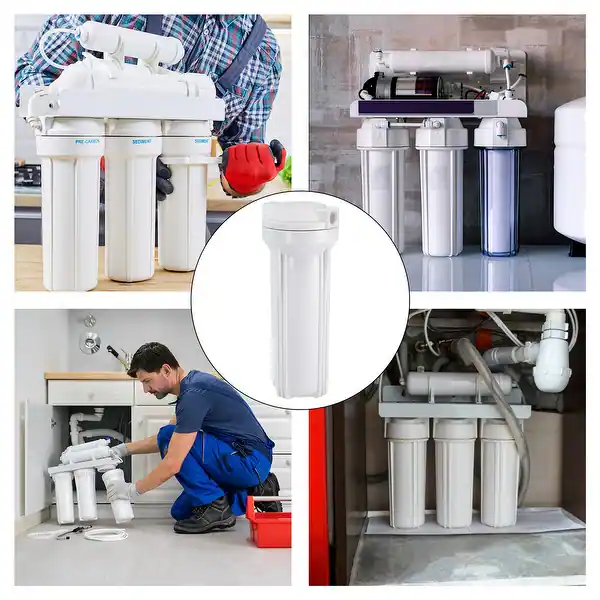 If your home water purifier malfunctions, don't panic—these handy repair tips will help you sort it out with ease.
If your home water purifier malfunctions, don't panic—these handy repair tips will help you sort it out with ease.
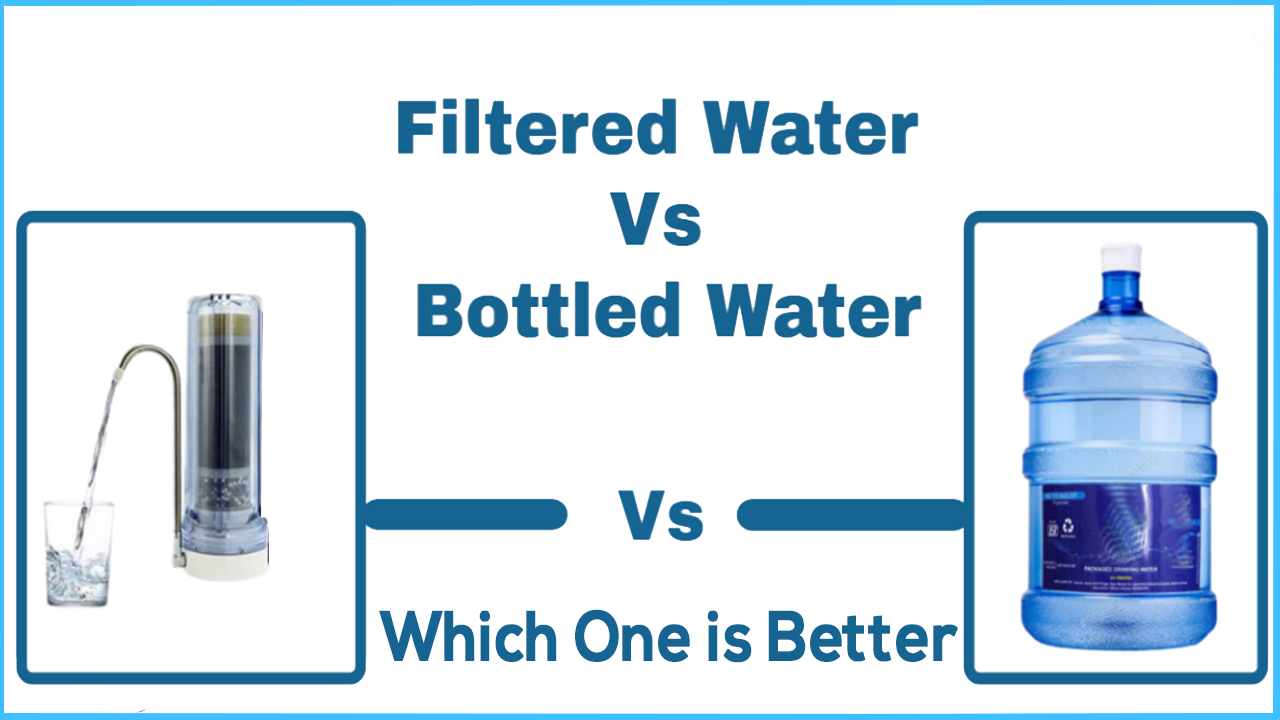 Why bother with water purifiers when bottled water is so convenient?
Why bother with water purifiers when bottled water is so convenient?
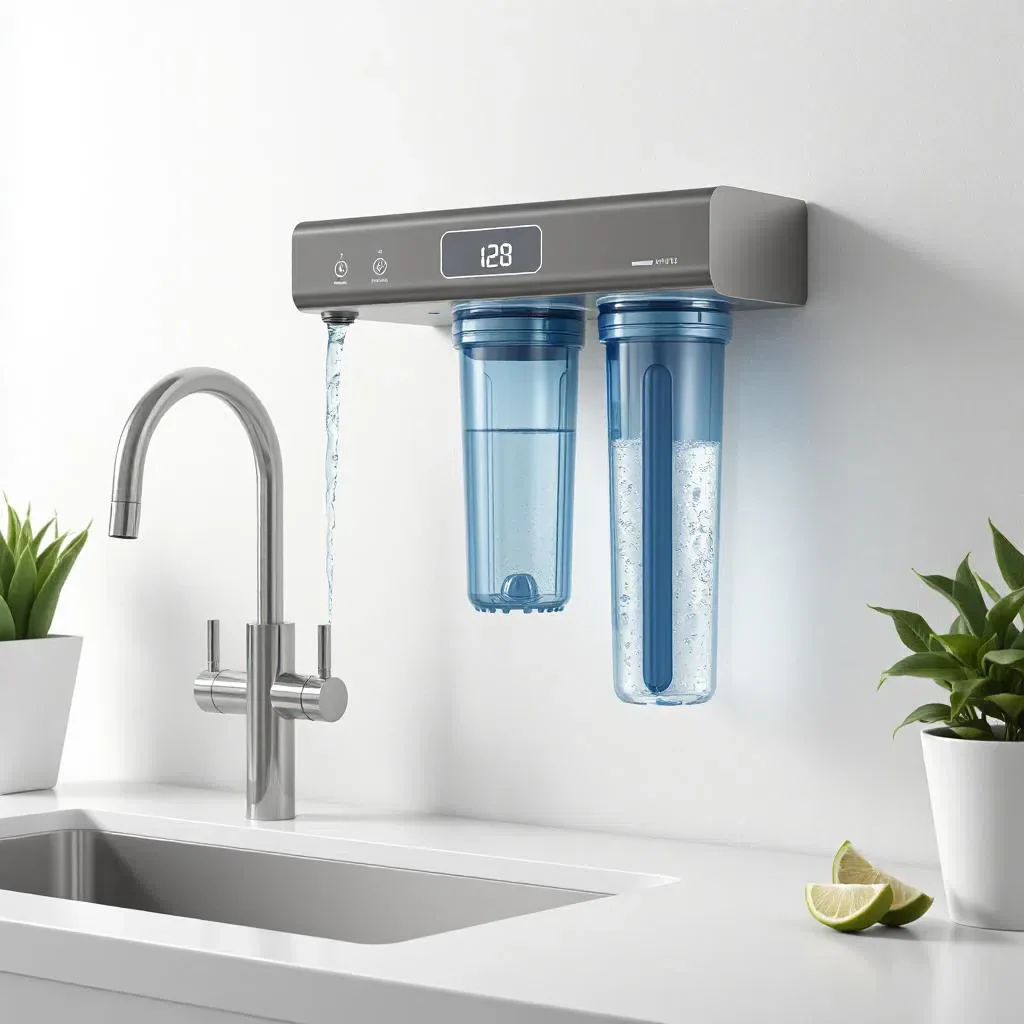 Essential Guide to Selecting Water Purifiers: 7 Key Questions You Must Understand!
Essential Guide to Selecting Water Purifiers: 7 Key Questions You Must Understand!
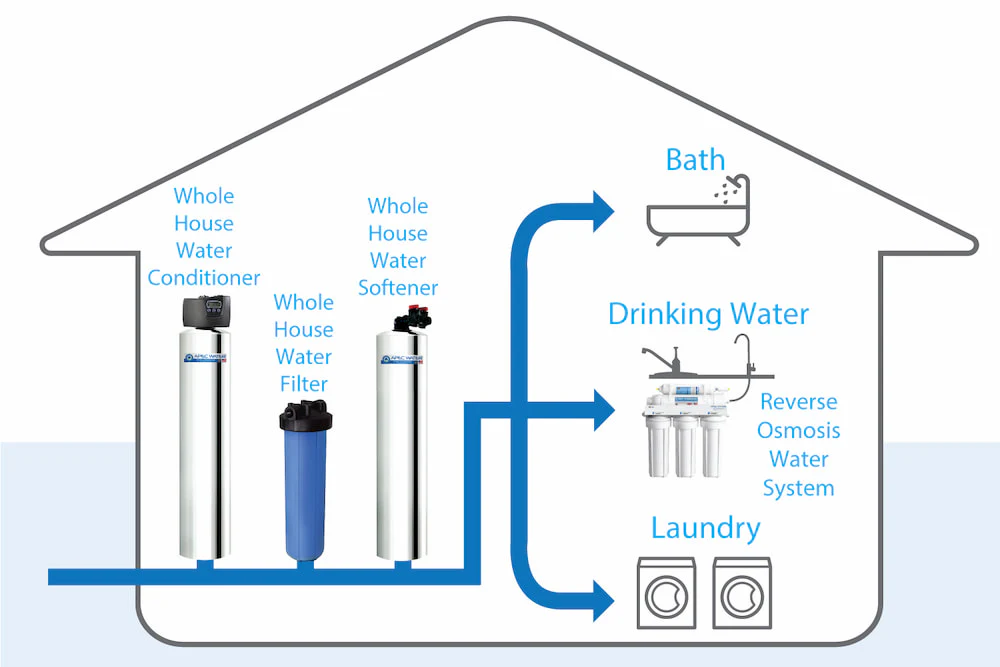 【Avoid Pitfalls Guide】Want to avoid overspending on whole-house water filtration? Here's how to choose wisely!
【Avoid Pitfalls Guide】Want to avoid overspending on whole-house water filtration? Here's how to choose wisely!